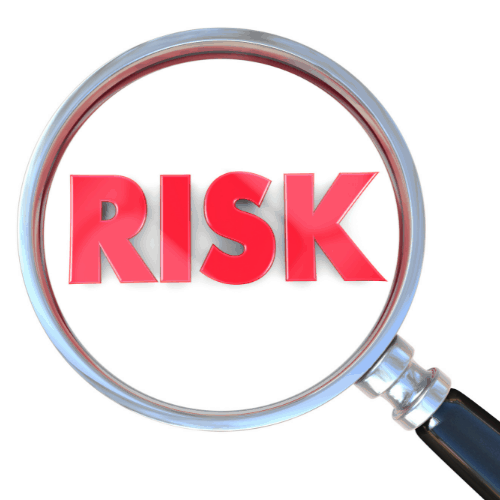Accident prevention is a multilayered process for any business. Environmental factors, like trip hazards or machinery, are often the first thing managers think about when they focus on safety. But a good safety program goes a step further to study and systematize employee behaviors.
Job hazard analyses, or JHAs, are used in behavior-based safety programs to document the critical behaviors of individuals who will perform hazardous tasks. Once completed, JHAs provide simple, straightforward steps employees can take to prevent accidents. Here are some of the core features of job hazard analyses:
-
They begin with a detailed understanding of the job.
Taking a behavior-based approach to safety still requires a close study of the hazards present in the workplace. As such, by developing a comprehensive set of JHAs an employer simultaneously gains a deeper understanding of sources of risk. In some cases, just identifying a risk can be enough to dramatically reduce the likelihood of it causing an injury, whether because the hazard can be remediated or because new processes can be designed to avoid or eliminate it.
-
Focus on behavior.
Studying how employees do their work is crucial to reducing what was learned in the hazard assessment to a set of clear processes and procedures. With collaborative feedback from the people who do the work, managers and safety professionals identify the critical behaviors that prevent accidents. They also develop an understanding of how a routine process might be disrupted, so the JHA for that process can include common contingencies. That way, employees have clear guidelines to follow when faced with variations from the norm.
-
Details matter.
JHAs identify critical behaviors for preventing accidents. They work best when they are simple but detailed. For example, does a task require the use of personal protective equipment? If a task requires an employee to work at height, what simple steps are necessary to prevent falls? Identifying the simplest process to follow can be the most difficult part of developing JHAs.
-
Buy-in is crucial.
JHAs focus on behavior, which can be uncomfortable for employees who might feel micromanaged or frustrated by subtle changes to the way they’ve done their work for a long time. This sort of resistance is natural and is why a robust safety culture is crucial for winning buy-in from employees. Giving employees direct involvement and ownership in the JHA process is an important start. Some businesses find team-building value in applying JHAs to all levels of the organization, so the whole organization goes through the experience together.
Gunnin Insurance works with clients in hazardous industries to develop cost-effective safety and risk management programs. From hazard assessment and process development to workers’ compensation claims administration, we help businesses get to where they want to be. Give us a call today.

